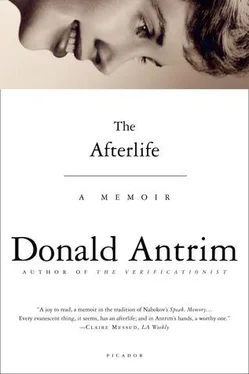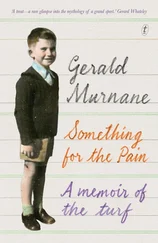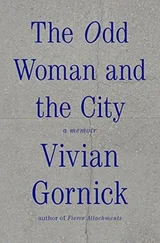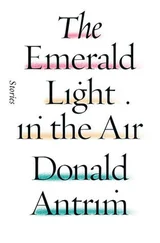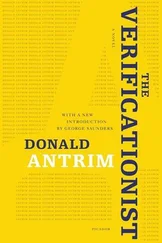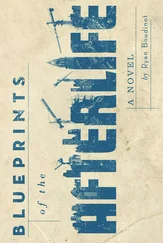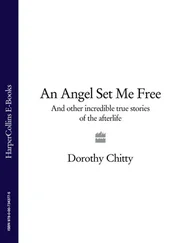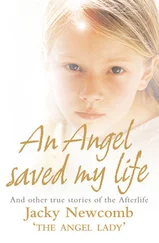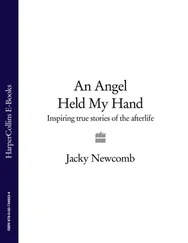But what if I had asked, instead, a different kind of question? What had S. seen in a Leonardo da Vinci, even in a reproduction, that had led him to imagine the world (or, at least, the world represented in paintings) as a place where even formal perspectives become wholly subjective, private creations; a place where even a realist landscape — a simple and apparently straightforward depiction of the straightforwardly known world — can utterly disorient us and, in our momentary disorientation, cause us to see into worlds governed by laws other than those we rely on as somehow universal, worlds that are, in effect, governed by the traumas and hopes of others?
The question is not easily answered. S. loved my mother, and my mother loved S. She loved him for his spirit, as he tried to survive and to make, in his own paintings, and in his relationship with her, a world that looked like the world he longed for. She loved him in spite of, and because of, his preoccupation with da Vinci and with Church, his grand lost cause.
Recently, I showed the photograph of the painting to a friend, an art historian. This person seemed to think that the painting in the photograph was likely not a Church. But then she said, “You know, wait a minute. Church spent time in South America, right? He painted animals and birds into his landscapes. Could this be an oil study from his time in South America? A study for a larger work?”
That could be. I don’t know. I suppose I’ll have to wait for the phone to ring, and hear what comes over the line.
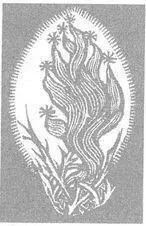
One evening in 2003, while I was walking down a set of stairs at the New York Public Library, it occurred to me, as it had on occasions in the past, that there are people in the world who believe in an afterlife, and people who don’t; and that Heaven and Hell — or whatever vague and nebulous realms exist (or don’t) beyond our consciousness of them or our ability to comprehend their natures — may (or may not) be populated, as it were, with the souls of those who, during their time among the living, fell into the first category, the category of people who believe.
My mother trusted in her afterlife to come. I am not certain that I can make, on my own behalf, unambivalent claims as to the transmigration of souls. Life after death? I do admit that late one night after her father died, in 1995, I had a strong feeling that he had stopped to pay me a visit. For a few moments, I thought of him in his car, parked beside the curb outside my building in Brooklyn. The car, as I pictured it, was running — headlights and taillights on. It was October, and exhaust clouded behind the back bumper. Was my grandfather waiting for me to climb out of bed and come downstairs to say good-bye? Was he offering me a ride? I felt him near me. But I did not get up and go to the window. I did not see him (or his car), and I did not converse with his spirit. What does it mean to feel — or to imagine feeling — the silent presence of someone who has died?
From time to time, I speak to my mother. I am in the habit of occasionally filling her in on my news, explaining some problem or other that has me bothered, or maybe setting her straight, once and for all, on one of our long-standing, unresolved disputes. That is what I was doing, that evening several years ago, as I walked down the stairs at the Public Library: I was speaking (in a suitably quiet voice) to my dead mother. And it occurred to me, as I descended the massive Vermont marble stairwell at the northern end of the Humanities and Social Sciences Library, at Forty-second Street and Fifth Avenue, that it was, after all, I who was speaking to my dead mother, and not she who was speaking to me. Back in the winter of 2001, several months after her death, I spent a sleepless night imagining, in a way that felt like believing, that my mother was inside the expensive mattress I had bought as solace for myself in my grief. In my panic that night, I imagined her reaching up with her arms to pull me down into my new bed, wanting me to join her in death. Since that time, however, I have never experienced anything that I could call a direct communication from her. She does not summon me, as they say, from the beyond, or make her presence in the ether palpable. I do not feel her beside me in a room, or turn suddenly and, glancing over my shoulder, catch a glimpse of — her, not there.
And so I wonder: If, when it comes to life after death, I am not (exactly) a believer, why am I talking? Who do I think I’m speaking to?
When I’m talking to my mother — at home, or out on the street, or in public buildings — there invariably comes a moment when I feel I can imagine her hovering in the near-distance, usually at a modest height above the ground, just as angels in classical paintings float in the vicinity of the upper corners of their frames. And in the instant in which I imagine her this way — less as an apparition than as a memory, in which she is sometimes a young and attractive version of herself, though more often she is older, and sick, and close to her death — I see not only her face, with her mouth curving mischievously upward at the sides, creating the dimples that accompanied her laughter or a smile; and her eyes, which typically, as they did in life, wear a look of slight bewilderment, as if everything in the world were too much for her to take in; and her weak Appalachian chin, the chin that I, too, inherited from our Scottish and English ancestors; and her hair, which, late in her life, looked as if it had been speedily cut with dull shears. I see these things, and then I see the rest of the picture. I see what she is wearing. I see, for one dreadful moment, my mother’s clothes.
In particular, I see a garment that she made during the early 1990s. She was living in Miami at the time, operating a small storefront boutique that was intended as a showcase for her own increasingly eccentric fashion designs, but which was dedicated mainly to routine tailoring and alteration jobs. She never got much business. The shop was in a run-down strip mall in an underpopulated district crisscrossed with freeway overpasses, not far from the Miami River. Because the shop was not — nor would it ever be — profitable, my mother relied on her father, who lived in North Carolina, to cover the rent.
I visited the shop in 1993. I was thirty-five. Ten years had passed since my mother’s last alcoholic collapse. My father was living with his new wife in southwest Miami. My sister had moved far away from South Florida to the Pacific Northwest and begun her own family. And I was living alone in Brooklyn. My mother, with help from the insurance company and her father, had relocated from a condominium that had been torn apart by Hurricane Andrew, the year before, to a one-bedroom apartment with partial views of the Miami River. And she had opened her shop. Its name was Peace Goods.
I remember that the storefront itself was tiny, and the larger building housing it cheaply constructed. I can’t recall the businesses adjacent to my mother’s. Was there a liquor store? In front of her shop was the parking lot. I remember her being afraid of the people who walked past her door. Her space was, as I recall, brightly lit. The air-conditioning stayed on high. Carpeting was glued to the floor. In the rear of the shop were sewing machines. A tailor’s dummy — or were there two? — half-dressed in one of my mother’s raw-silk works in progress, stood beside a large worktable on which she spread and cut fabric. Scissors lay ready for her to pick up, along with spooled threads, sheets of pattern paper, pencils, measuring tape, and pincushions planted with needles. A particular pincushion comes to mind. It looked like a Holland tomato; it might have passed for a child’s soft toy. Bolts of cloth leaned in corners. The shop’s back door opened onto an alley where my mother went to smoke. She smoked inside, too, constantly, and I remember wondering what her customers thought when they carried home clothes that smelled as if they’d been worn to a nightclub. Wherever my mother was in her shop — standing at the worktable in her bare feet, measuring cloth; or rummaging around in the back, sorting through woollens and silks imported from Asia and Europe; or relaxing, legs crossed, in one of the chairs near the front door — her ashtray and her lighter and her coffee cup were close at hand. Also near the entrance were garment racks draped with clothes left by the few clients who had somehow happened on the place, or who knew my mother from AA or from her life before sobriety.
Читать дальше
